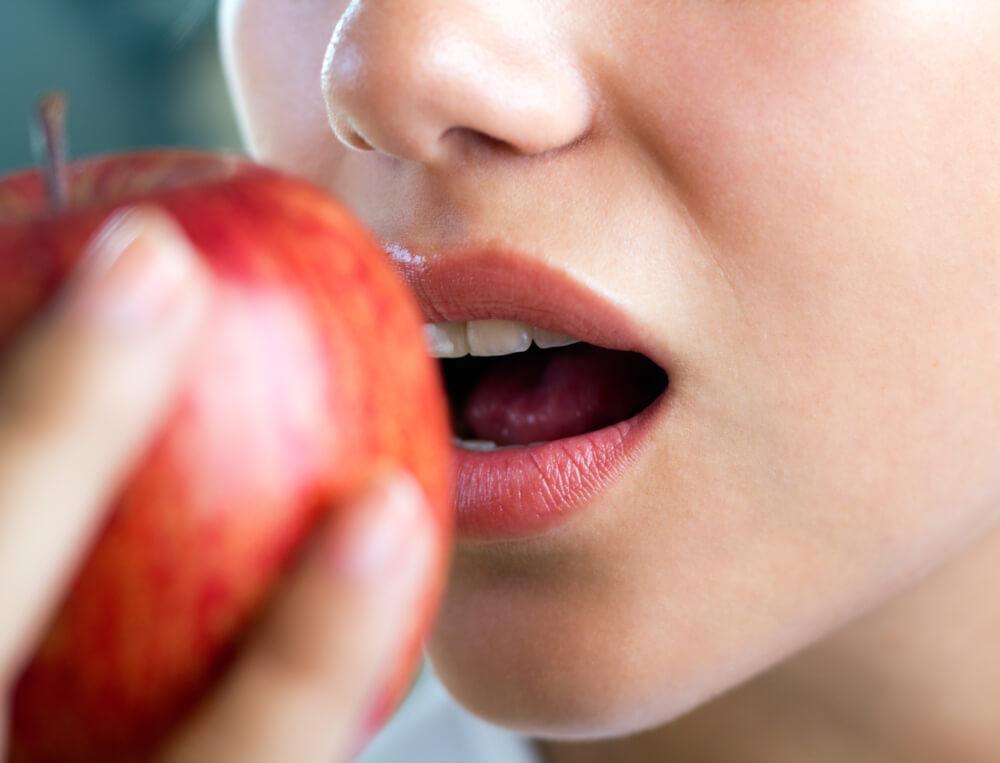Teeth whitening treatments can significantly enhance your smile, but the days immediately following the procedure are crucial for maintaining your results. Many people don’t realize that after whitening, their enamel becomes temporarily more porous, making teeth highly susceptible to staining. The wrong food choices can quickly diminish the brightness you’ve just achieved, causing discoloration or even weakening enamel over time.
While most discussions around whitening focus on the procedure itself, few emphasize the importance of aftercare—especially diet. What you eat and drink in the first 48 hours can make a lasting difference in how long your teeth stay white. This article explores what not to eat after teeth whitening, why certain foods pose a risk, and how you can maintain a bright, healthy smile for as long as possible. By making informed dietary choices and adopting simple habits, you can protect your investment and enjoy long-lasting whitening results.
How Teeth Whitening Affects Your Enamel
Teeth whitening is an effective cosmetic procedure, but it temporarily alters the structure of your enamel. The active ingredients in whitening products, such as hydrogen peroxide or carbamide peroxide, work by breaking down stains deep within the enamel. However, in doing so, these agents also open the microscopic tubules in the enamel, making teeth more porous and vulnerable to external elements like staining agents and acids.
During this process, the outermost layer of enamel loses some of its protective minerals, which is why teeth may feel slightly sensitive after whitening. This demineralization is temporary, but it leaves the enamel more susceptible to discoloration from pigmented foods and beverages. If teeth are exposed to dark-colored or acidic substances too soon after whitening, they can absorb stains more easily than usual, reversing the effects of the treatment.
Another key factor is hydration. The enamel naturally rehydrates and remineralizes over time through saliva production and fluoride exposure. However, during the initial 24 to 48 hours post-whitening, this process is still underway. Avoiding foods that can stain or weaken the enamel during this period is essential to preserving the results of your whitening treatment. Understanding these effects allows for better post-whitening care and helps extend the longevity of a brighter smile.
Foods and Drinks That Stain Teeth After Whitening
After teeth whitening, your enamel is in a vulnerable state, making it more prone to staining from certain foods and drinks. Dark-colored beverages like coffee, tea, red wine, and cola are among the biggest culprits. These drinks contain tannins and chromogens, which latch onto porous enamel and cause discoloration. Even lighter-colored teas can contribute to staining due to their acidic nature, which weakens enamel and makes it more susceptible to absorbing pigments.
Foods with rich pigments should also be avoided. Berries such as blueberries, blackberries, and raspberries, as well as dark sauces like soy sauce, tomato sauce, and balsamic vinegar, can leave stains on your teeth. The strong natural and artificial colorants in these foods quickly settle into enamel that is still rehydrating after whitening. Similarly, brightly colored candies, curry, and beets can dull your newly brightened smile.
Acidic foods pose another threat, even if they aren’t highly pigmented. Citrus fruits, vinegar-based dressings, and pickled foods soften the enamel, making it easier for stains from other foods to set in. Even white wine, despite being lighter in color than red wine, has high acidity that can erode enamel and create the perfect environment for staining. Avoiding these foods and drinks in the first 48 hours after whitening helps protect your teeth from absorbing unwanted stains and preserves your results.
The White Diet: What to Eat Instead
Following a teeth whitening treatment, the best way to protect your results is by sticking to a “white diet,” which consists of foods that are light in color and low in acidity. These foods help maintain your bright smile while allowing your enamel to rehydrate and remineralize properly. Lean proteins such as skinless chicken, turkey, and white fish are excellent choices, as they provide essential nutrients without the risk of staining. Similarly, plain white rice, pasta, and bread are safe options that won’t introduce unwanted pigments to your teeth.
Dairy products like milk, plain yogurt, and cottage cheese not only support oral health but also help strengthen enamel with their high calcium content. Soft foods like scrambled eggs and peeled potatoes are also gentle on sensitive teeth and pose no staining risk. For fruits and vegetables, opt for bananas, cauliflower, and peeled apples, which are light in color and non-acidic.
Staying hydrated is also key. Drinking plenty of water helps wash away food particles and prevents staining substances from lingering on your teeth. If you need an alternative to plain water, coconut water or milk are good options, as they are mild and non-acidic. By following the white diet for at least 48 hours after whitening, you can minimize the risk of stains and help your teeth recover from the whitening process while maintaining your newly brightened smile.
How to Prevent Stains and Maintain Whitening Results
Keeping your teeth white after a whitening treatment requires mindful habits and a few simple adjustments to your daily routine. Even after the initial 48-hour period, your teeth remain susceptible to staining, so maintaining results involves long-term care. Here are some key strategies to help prevent stains and keep your smile bright:
- Use a straw for dark-colored beverages: If you can’t avoid drinks like coffee, tea, or soda, using a straw helps minimize direct contact with your teeth and reduces the risk of staining.
- Rinse your mouth after consuming staining foods: Swishing water around your mouth after eating or drinking anything pigmented helps remove residue before it settles into your enamel.
- Maintain a strong oral hygiene routine: Brushing twice a day with a whitening toothpaste and flossing daily helps remove plaque buildup, which can trap stains over time.
- Schedule regular professional cleanings: Dental cleanings every six months help eliminate surface stains and keep your teeth looking fresh and healthy.
- Limit acidic foods and drinks: Acids weaken enamel, making it more vulnerable to staining. Cutting back on citrus, vinegar-based dressings, and carbonated beverages can help preserve your whitening results.
- Consider whitening touch-ups as needed: Occasional at-home whitening treatments or professional touch-ups can help maintain brightness without overexposing your teeth to whitening agents.
With these simple habits, you can enjoy longer-lasting whitening results and prevent future discoloration.
Conclusion
Protecting your newly whitened teeth starts with mindful choices in the first 48 hours and continues with long-term care. Avoiding stain-causing foods and drinks, following the white diet, and maintaining good oral hygiene will help extend your whitening results and keep your smile looking its best. By understanding how whitening affects your enamel and taking preventive measures, you can enjoy a bright, confident smile for longer.
At District Dental Solutions, we are committed to helping you achieve and maintain a radiant smile with expert guidance and professional care. If you have questions about teeth whitening aftercare or need a personalized whitening plan, our team is here to assist you. Schedule an appointment today or call (202) 955-5787 to learn more about our cosmetic dentistry services and how we can help you achieve lasting results.


